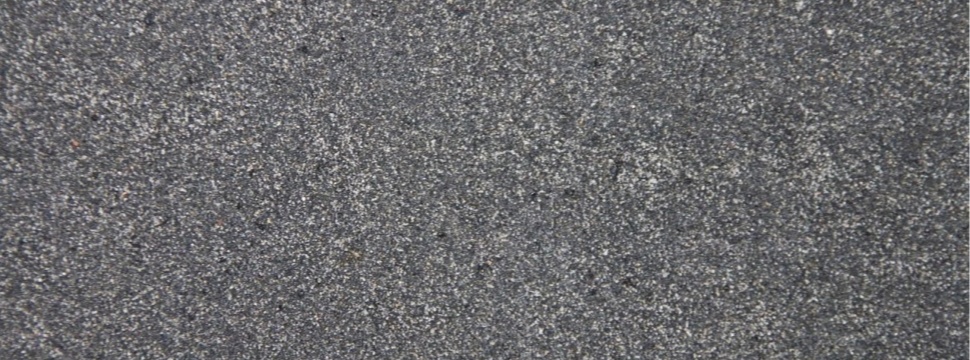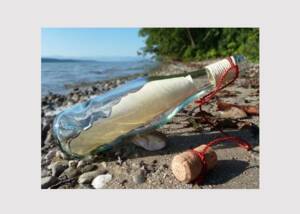Tarpaper - Environmentally Harmful and Carcinogenic
News News blog
In 1842, the Neustrelitz master builder Friedrich Wilhelm Buttel described tarpaper for covering classicist flat roofs for the first time. He is therefore considered the inventor of tarpaper.

Tarpaper was a bitumen-impregnated cardboard used as a moisture barrier in buildings. Today, cardboard is no longer used in bitumen membranes.
Tarpaper soaked in coal tar was still used until the early 1970s. However, coal tar is considered carcinogenic because of its ingredients. Therefore, coal tar has not been used in roofing felt for decades and is banned. Tarpaper is no longer produced in Europe.
Bitumen has been used since the early 1970s. Since then, roofing membranes have been completely free of tar. However, lighter hydrocarbons are emitted during the production of bitumen roofing membranes. Nowadays, coarse-grained sand, fine gravel or slate chips are often rolled into the bitumen membranes to provide greater abrasion resistance and UV resistance. Roofing membranes can cover the roof as the sole roof covering or as an additional roof covering, e.g. under roof tiles and slate roofing.
Even today, you can still find roofs of old industrial buildings or empty warehouses around the world that are covered with tarpaper. Due to the sometimes toxic substances, bituminous roofing felt, but especially tarpaper, is considered hazardous waste and must be disposed of properly.










